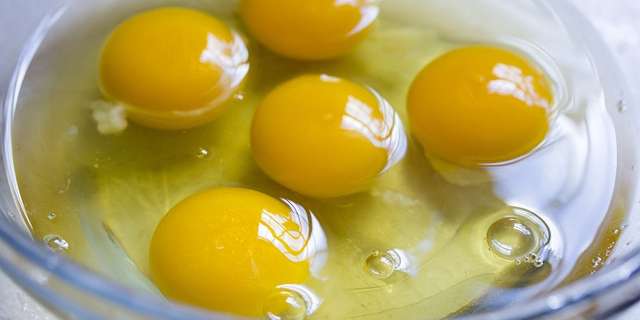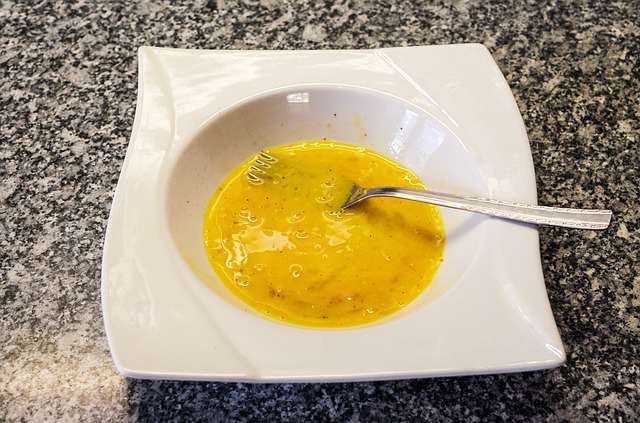
Using the LOVIBOND® color scale, you can ensure that your liquid egg product is high in quality. Image source: Pixabay user Pexels
An estimated 31 million people in the United States skip breakfast each morning, in part because the preparation process takes too long.1 Busy work schedules and hectic morning routines make cooking a full meal very difficult—millions of people don’t have time to carefully crack open an egg and fry it to perfection every day. This is where liquid egg products thrive. Unlike whole eggs, liquid eggs are more convenient for consumers to use every morning because there’s virtually no cleanup required. Consumers simply pour the egg product straight out of a carton into a hot pan and within minutes they have a healthy, protein-packed breakfast prepared.
But as with most perishable food products, liquid egg manufacturers need to make safety their first priority. A poorly-made product could easily make consumers ill. In addition, liquid egg manufacturers need to ensure that their products taste and look just as great as a fresh farm egg. By following the LOVIBOND® color scale, you can achieve perfection from every yolk and egg white, earning you a stellar reputation in the food industry.
A Complicated Pasteurization Process
The pasteurization process for liquid eggs is far more strict and complex than it is for whole eggs. To start, liquid egg companies need to clean and split the eggshells in half, removing both the egg whites and yolks from the shells. Next, companies are required to pasteurize the whites and yolks separately, even if the company plans on combining the two in the final product later. The liquid eggs are exposed to high heat and turbulence—the 148-degree Fahrenheit temperatures kill salmonella bacteria while the added turbulence preserves the texture of the egg and prevents it from coagulating.2 Once this is done, both the egg whites and the yolks should be safe to eat and can be combined into the final product. However, even if you have the correct pasteurization measures in place, it’s still essential to test your product for bacteria and overall quality during the making of each batch. This is where the LOVIBOND® color scale can help.

In order to properly pasteurize raw eggs, manufacturers need to heat the ingredients and use a LOVIBOND® scale to determine whether the product received enough heat. Image source: Wikimedia user Manodegloria



